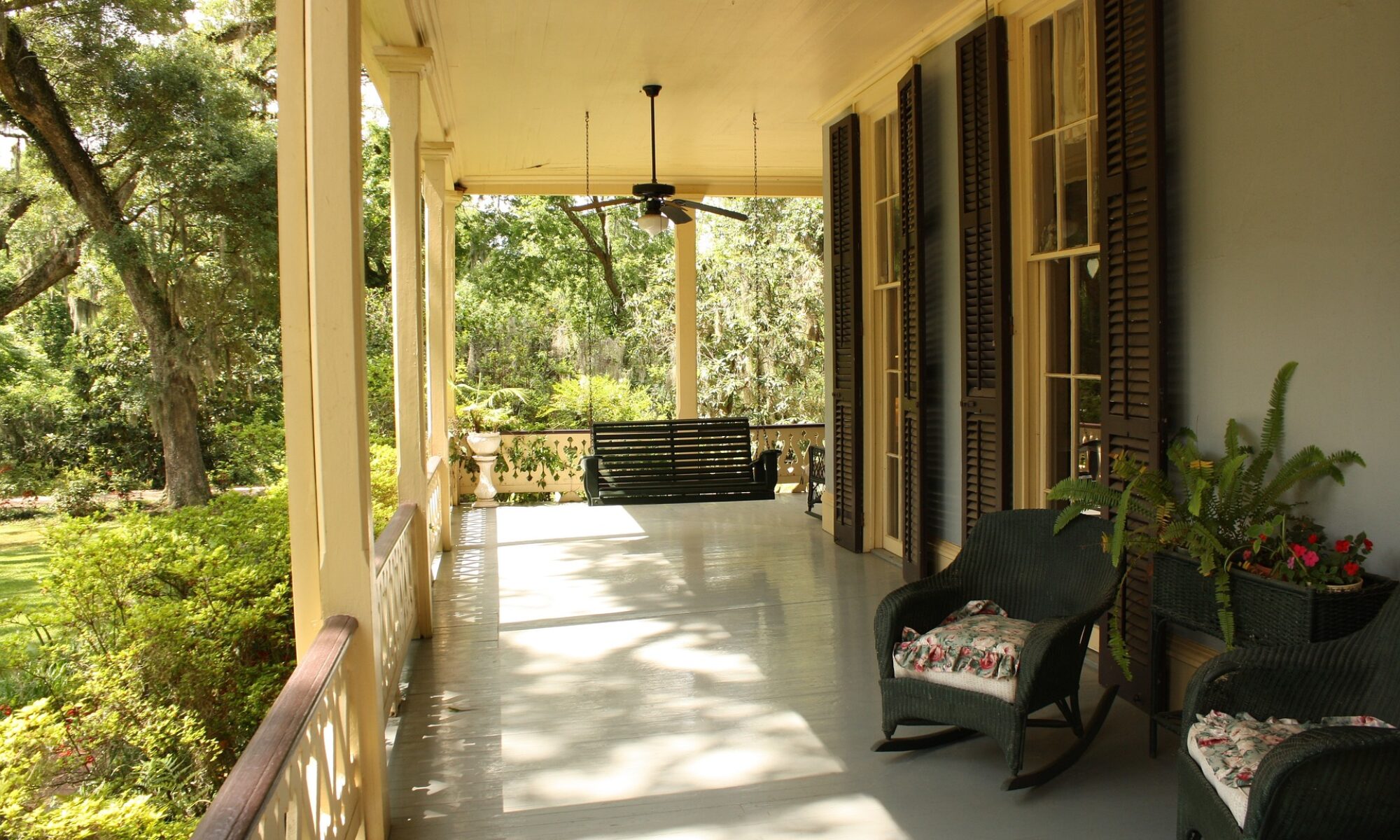Brent Lucas of Guild Mortgage, M Realty’s featured partner, prepared this helpful guide to boosting your credit score.
We all know that having a good credit score is important to our financial well-being and can open doors, such as allowing us to borrow money at favorable rates for homes, cars or college tuition for our children.
Understanding, though, doesn’t always lead to following the best practices and many of us make basic mistakes with our credit that can hurt our scores, according to a recent survey by the National Foundation for Credit Counseling (NFCC).
Fortunately, you can repair and improve your credit score if it has been damaged and the Guild Mortgage home gurus have found expert advice to help. It starts with knowing what you are up against, advises the NFCC. All U.S. consumers are entitled to a free copy of their credit report every year from each of the three credit reporting agencies, and these reports can be obtained at AnnualCreditReport.com. Look at your report and find out if there are any issues that you need to correct, such as late or missed payments.
If you do spot any errors on your credit report, dispute them with the credit reporting agencies, says Forbes.com. The three agencies are Equifax, Experian, and TransUnion, and all three offer online options for disputing erroneous entries on your credit report.
Negotiating with your creditors can also prove beneficial. For example, contact a credit card company and offer to pay your balance in full if they will report your debt as “paid as agreed,” or remove the late payment information from your credit file. Forbes.com advises getting this agreement in writing before you make the payment.
Another important step you can take is to set up automatic payment reminders for your bills, says myfico.com. That’s because payment history is one of the major factors used by the credit agencies in computing your credit score. You can take it a step further and be worry free about missing due dates by setting up automatic payments for your credit card bills, which will be deducted each month from your bank account.
Paying down your debt is also extremely important. Although this can be difficult to do, it is more manageable if you take it on a step-by-step basis. First, stop using your credit cards. Then, come up with a plan to pay the most on cards that charge the highest interest rate. Over time, you will see a marked reduction in your debt, which will make you feel proud of your progress while boosting your credit score.
If you are having trouble getting approved for credit because of your credit history, consider a co-signer for a loan or credit card. You will have to find someone willing to be equally responsible for any late or missed payments, which would damage their credit score as well. But if you use this opportunity responsibly, you can rebuild your credit score while also learning and establishing good credit habits. The biggest step, according to the experts: not borrowing more than you can afford to pay back, and making your payments on time.
Credit limits are also something to manage intelligently. Those who max out their credit cards can hurt their credit score. Keep your credit card balance at or below 35 percent of your credit limit, advises USAToday.com. Consumers with the best credit scores tend to use about 7 percent of their available credit, but 10 to 20 percent is within a safe range, says the website.
Finally, maintaining a diverse mix of different types of credit can boost your score. This could include a mortgage, home equity line of credit, auto loan or credit card. And of course, make the payments on time so you build a positive history!
By following these tips, even if your credit has taken a hit in the past, you can get back on the road to good financial health and use credit effectively.
If you’d like more information about preparing your credit score for home ownership, now is the perfect time to reach out to your favorite real estate agent to be connected with a financial professional like Brent.





